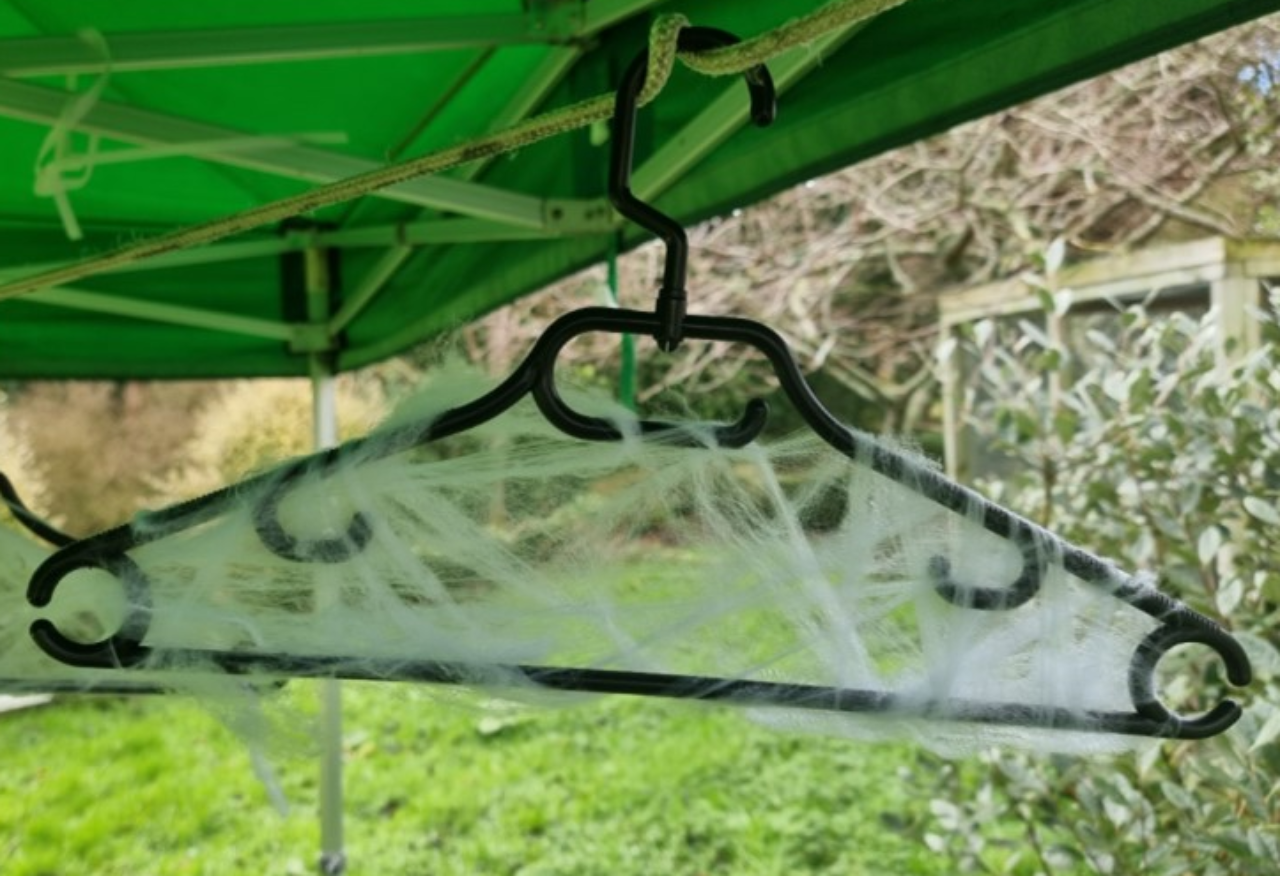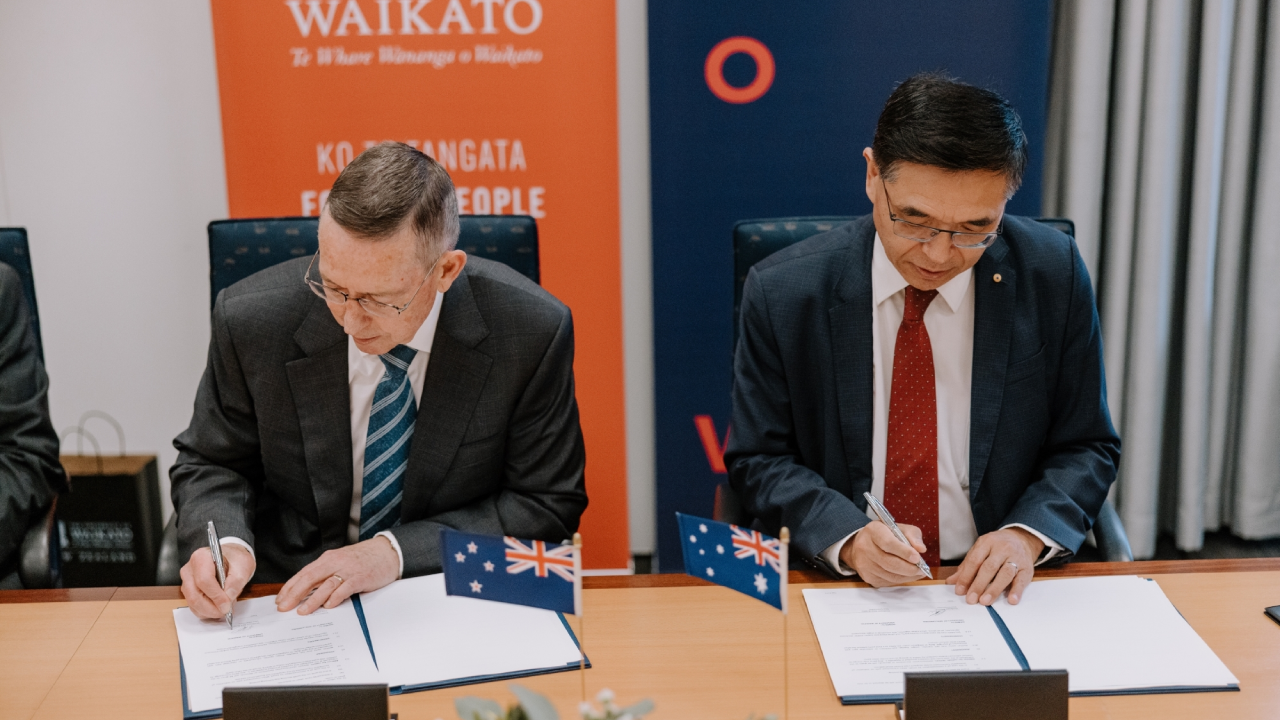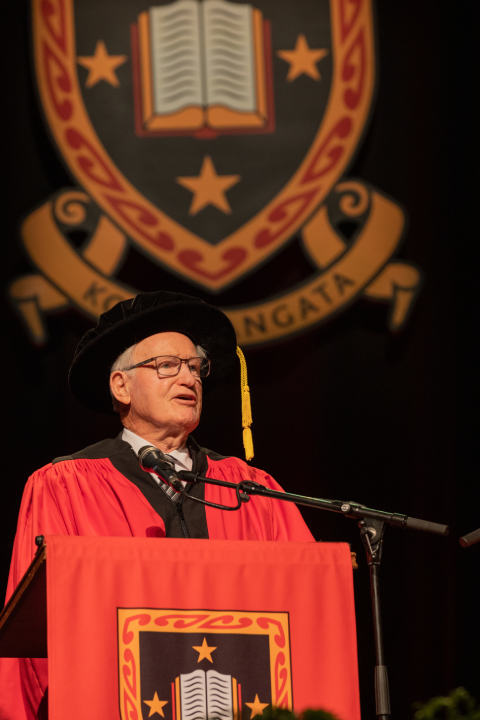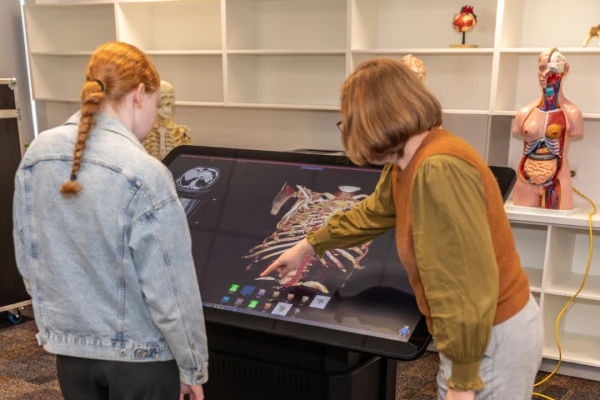
The new virtual dissection table in use in the Division of Health.
The University of Waikato has introduced New Zealand’s first virtual dissection table, marking its next step forward in health education and the training of future healthcare professionals.
The technology will play a central role in the digital-first approach of the New Zealand’s first graduate-entry medical school, which the Government announced its approval of the business case for last week. It will also support students in the University’s nursing, midwifery and pharmacy programmes.
The Sectra Table is a 65-inch interactive touchscreen that allows students to explore the human body using detailed 3D imagery reconstructed from real patient CT and MRI scans.
Students can rotate anatomical structures, remove tissue layers, examine pathology, and practise virtual dissections, all with the swipe of a finger.
Pro Vice-Chancellor of Health Professor Jo Lane says the virtual dissection table reflects the University’s commitment to delivering contemporary, high-quality health education.

Professor Jo Lane, Pro Vice-Chancellor of the Division of Health.
“We’ve chosen to teach anatomy in a way that reflects where healthcare is heading – digitally enabled, clinically integrated, and accessible to all health professions.
"Digital anatomy technologies like this allow students to explore the human body in depth, revisit complex material, and build confidence through repeated, interactive learning.
“This is about preparing our students for real-world practice using modern, effective educational approaches.”
Unlike cadaver-based teaching, which is highly resource-intensive, limiting it to group learning experiences in medical schools, the virtual dissection table enables flexible, scalable anatomy education for students in all health professions.
Head of the School of Pharmacy and Biomedical Sciences, Professor Rhiannon Braund, says all health education students stand to benefit from more in-depth and accessible study of human anatomy.
“For pharmacists as an example, we know how important the liver and kidneys are for the metabolism and excretion of medicines.
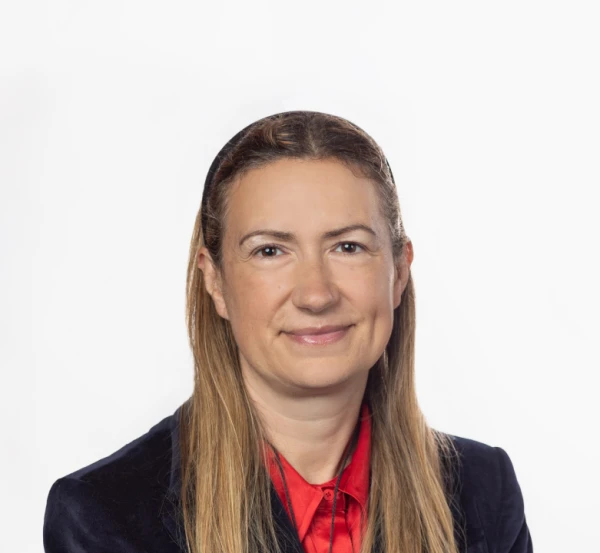
Professor Rhiannon Braund, Head of the School of Pharmacy and Biomedical Sciences.
“Being able to visualise these organs, particularly the intricate details of the kidneys, allows a much deeper understanding of the processes involved and how pathologies and physiological changes impact medicine choice and appropriate dosing.
“The virtual dissection table brings a depth of learning to all health education students which with cadaver-based learning was restricted to medical students only,” she says.
Students in the Master of Pharmacy Practice have started to use the Sectra Table in class workshops.
Educators can tailor teaching sequences for individual students and access a large bank of clinical cases to illustrate a wide range of conditions.
“Students benefit from seeing anatomical variation and pathology that go well beyond what a single specimen could offer,” says Professor Lane.
“It connects foundational knowledge with clinical relevance right from the beginning of their training.”
A donation towards the cost of the table was made by Primary Health Initiative (PHI), a philanthropic trust set up to advance the health and wellbeing of all New Zealanders by enabling a world class primary health care system.
"We're excited about supporting the University of Waikato as it seeks innovative ways to deliver health education for the benefit of the primary health sector and its patients," says PHI Director Yii Petrus.
The University of Waikato offers graduate-entry programmes in nursing, pharmacy and midwifery, with its graduate-entry nursing programme the largest in New Zealand.
The virtual dissection table adds to a growing suite of digital tools, including virtual reality (VR) to support hands-on, clinically relevant learning experiences.
